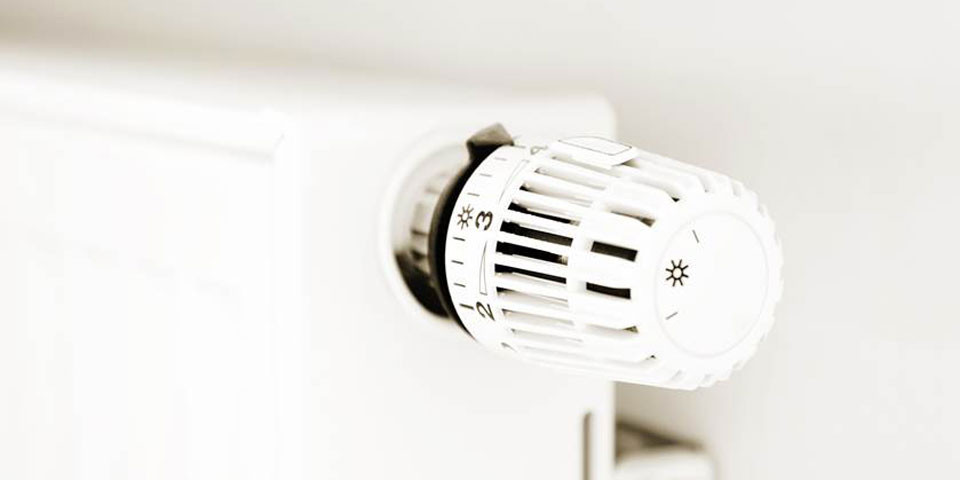
01 June 2015
Directive 2012/27/EU requires Member States to establish an indicative national objective for energy efficiency that targets consumption and primary or final energy savings to achieve 20% savings by 2020 (the so-called Climate and energy package 20-20-20 which also aims at renewable energy sources and a significant reduction of CO2 emissions in the atmosphere).
In Italy, as regards condominiums it is important to highlight that by December 31, 2016 all buildings with central heating must be equipped with automated temperature regulation and metering systems. This is to say that by the end of 2016 the owners of condominium units served by a centralized distribution plant or by a district heating network for the supply of heating, cooling or hot water must install individual heat or hot water supply meters to the heat exchanger connected to the network or the point of delivery. Furthermore, end users must install individual meters to measure the actual consumption of heat, cooling, or hot water for each housing unit, which have to be efficient in terms of both costs and potential energy savings.
In condominiums with a central heating system, the technological systems for heat metering enable both the independent regulation of the temperature in every housing unit and the division of costs in proportion to how much each owner actually consumes, enabling the attainment of fuel savings between 10% and 30% per year).
We would like to explain in greater detail what ‘metering of consumption with heat allocators’ means and how to attain ‘energy savings’. Heat cost allocators are small electronic devices that are applied to each heater in a room (apartment or office) in a condominium building and electronically detect the heat energy emitted over time. These devices are applied in a fixed manner and are equipped with a battery that normally lasts for more than 10 years. The consumption data can be read remotely by a laptop (wirelessly in the stairwell of the building), thus without entering the apartments where the allocators are installed.
The device, once installed, is set according to the size of the radiator: a database, compiled with data from radiator manufacturers, contains the size and brand of each model. In addition to the heat allocator, each radiator must be equipped with thermostatic valves and holders. The thermostatic valves have a numbered ring nut and therefore allow the radiators to be closed or opened, setting a temperature level, normally on a scale from 0 to 5. Once the desired temperature has been reached, the valve closes the radiator’s hot water inlet. The scope is to be able to set the desired temperature in each room, substantially reducing heating in the less inhabited rooms, but also limiting the heating to the desired temperature.
These are the so-called manual thermostatic valves: in this case the user operates the ring nut of the thermostatic valve to set its opening or closing, which is then fixed as the desired level of temperature control. Normally this setting is performed at the beginning of the winter, and then forgotten about. Think of the elderly, think of those who are often away from home, etc.
IMPORTANT NOTE
In the region of Lombardy the obligation will apply as of August 1, 2014, that is, in advance with respect to the national rule, but the sanctions will not be applied until the end of 2016.


